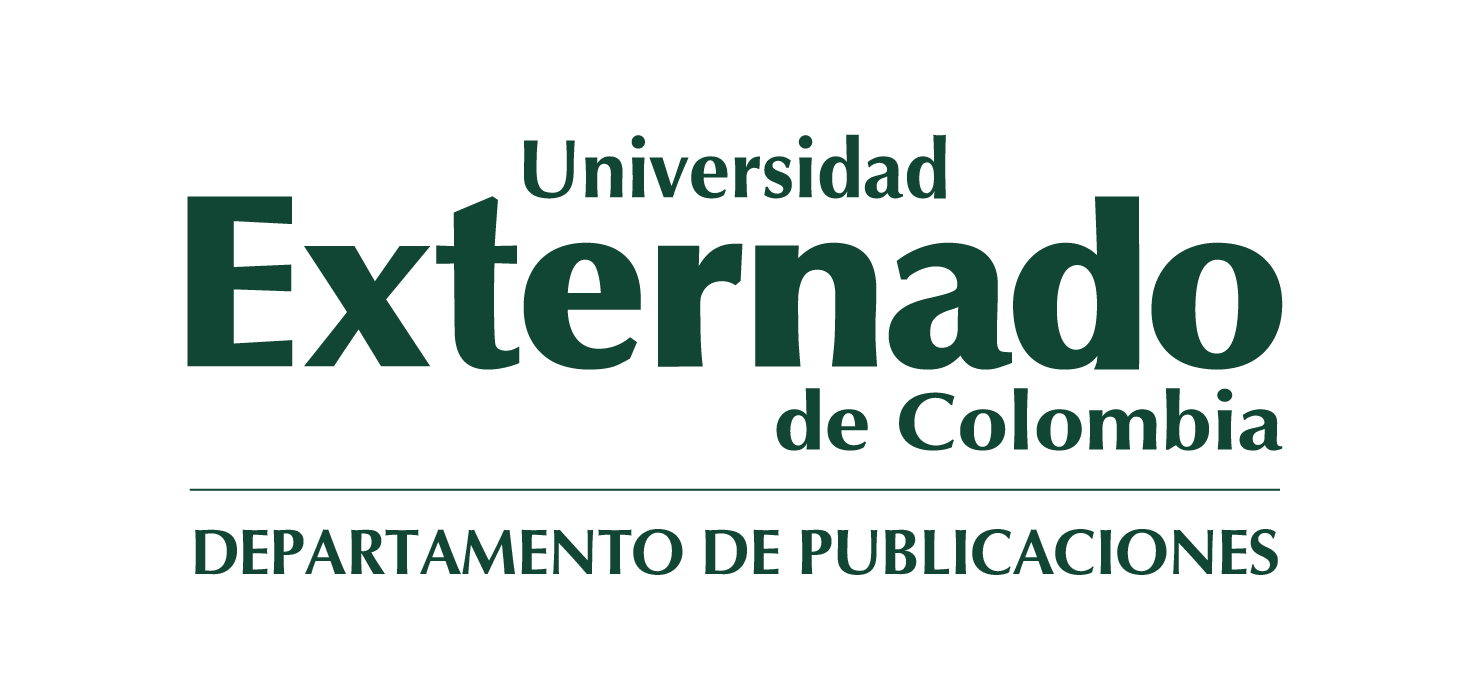La cocina tradicional desde la mirada del turismo consciente y la cosmogonía de la Comunidad Kamëntšá
Traditional cuisines in Colombia are diverse and exalt their culture, culinary knowledge and expressions of each indigenous people. These are an example of the multiculturalism that our country has, also because the kitchen is not only the space where food is prepared, but also where the family meets within homes. Because the operation and dynamics of the Kaméntsás kitchen revolves around Shinjiak (fire) as a fundamental element because it provides heat, light and protection, this element allows and facilitates family cohesion in which interpersonal relationships are woven in homes. of the Kaméntsá community. Consequently, it is necessary to seek mechanisms for the conservation, protection and recovery of culinary traditions in order to carry out memory processes about traditional cuisines, taking into account that today culinary is an economic and dynamic activity that contributes to the productive chain and to improving the quality of life. Based on the interest in recovering ancestral culture and identity by some social groups from different territories, in recent decades, traditional cuisine has had a great boom and has been revalued due to its relationship with traditions and social dynamics. The above has promoted new generations to identify with a cultural symbol based on native cuisine.
PRESENTACIÓN AGRADECIMIENTOS INTRODUCCIÓN Descripción y delimitación del tema Alcance y metodología de estudio
CAPÍTULO 1. LA COMUNIDAD KAMËNTŜÁ: CARACTERIZACIÓN y COSMOGONÍA 1.1 Descripción de la comunidad Kamëntšá: localización, historia, organización social, sistema alimentario-economía y medicina tradicional 1.2 Territorio Kamëntšá: sentidos, significados culturales y cambios en el tiempo en el Wáman Lioare 1.3 La concepción del alimento "saná" del pueblo Kamëntšá como fuente de sabiduría 1.4 La metamorfosis alimentaria del pueblo Kamëntšá y análisis de esta problemática
CAPÍTULO 2. ¿QUÉ ENTENTENDEMOS POR COCINA PROPIA Y TURISMO? 2.1 La cocina propia de los Kamëntšá 2.2 El turismo a partir del conocimiento del pueblo Kamëntšá CAPÍTULO 3. TŜABA JISIYIÑAM KEM LWARE: "PARA VIVIR BIEN EN EL TERRITORIO", FUNDAMENTO PARA EL TURISMO CONSCIENTE DESDE EL CONOCIMIENTO DE SANÁ JOMANTIÑAM "ALIMENTO" DEL PUEBLO KAMËNTŜÁ 3.1 Descripción del turismo consciente 3.2 El conocirnienro del pueblo Kamëntšá fundamento para la definición de turismo consciente 3.3 Propuesta a modo de reflexión: valoración de la cocina propia Kamëntšá como un producto a partir del turismo consciente para la economía del Wáman Lware
CONCLUSIONES
BIBLIOGRAFÍA
ANEXOS
GLOSARIO
eBook
Impreso bajo demanda
Impreso
-

-
Doris Jacanamijoy Juajibioy
-
Información de autor disponible próximamente.
-


